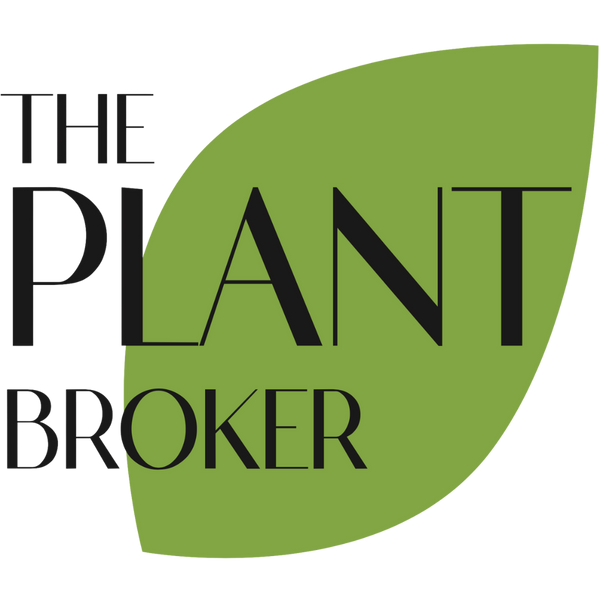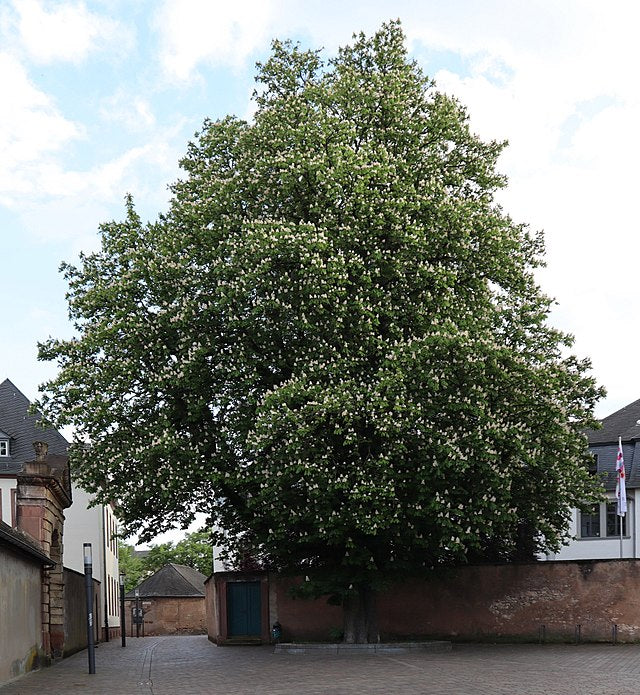Common Name:
Horse Chestnut
Description:
The Horse Chestnut (Aesculus hippocastanum) is a large, deciduous tree known for its grand, spreading canopy and striking seasonal displays. In spring, it produces upright clusters of white flowers with pink and yellow markings, attracting pollinators. Its lush, palmate leaves create a dense green canopy that turns golden brown in autumn before shedding. By late summer, the tree bears large, spiny fruit capsules containing glossy brown seeds, commonly known as conkers. Preferring deep, well-drained soil, it thrives in full sun to part shade and is highly tolerant of frost and cold conditions. While it is primarily grown as a shade or ornamental tree, its seeds are toxic if ingested. The Horse Chestnut is an excellent choice for large gardens, parks, or avenues, offering year-round visual interest.
Form:
- Tree - Large
Mature Size:
- Height: 20–30 m
- Width: 10–15 m
Aspect:
- Full Sun
- Part Shade
Flowering:
- Flowers in Spring
Flower Colour:
- White with pink and yellow markings
Key Attributes:
- Suitable for large landscapes
- Bee Attracting
- Perennial
- Suitable for Shade Trees
Toxicity:
- Toxic to humans and animals if ingested (seeds and leaves contain toxic compounds)
Companion Plants:
- Oak (Quercus spp.)
- Linden (Tilia spp.)
- Elm (Ulmus spp.)
- Beech (Fagus spp.)


